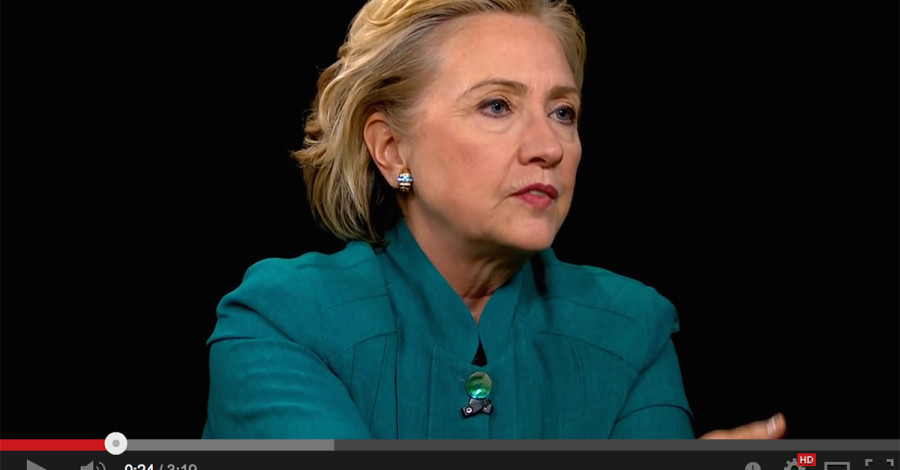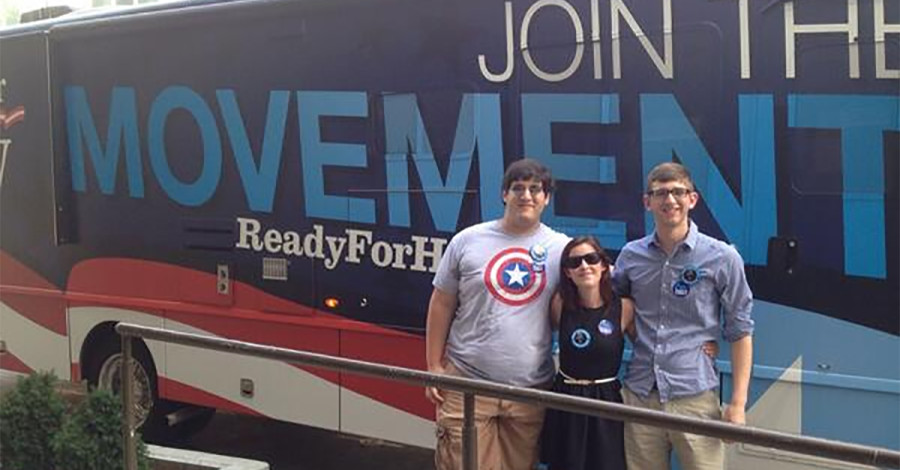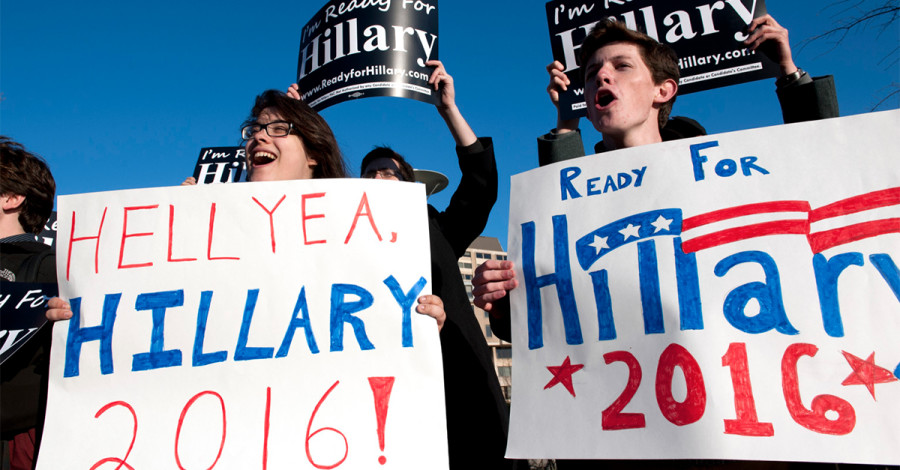Seven years ago this past January, then-Senator Barack Obama tripled the youth vote at the Iowa Caucuses. But it didn’t stop there, in South Carolina the youth vote tripled as well. It was just the beginning of what became an election that set records across the country for young people not only voting but volunteering and investing in a candidate and investing in policies that would impact their future.
But why did this powerful voting bloc choose Senator Obama over Senator Clinton? This insider campaign comment from then Team Hillary quoted in the Des Moines Register said it all:
“At least two of Hillary Clinton’s upper-echelon advisers, Mandy Grunwald and Mark Penn, were decidedly unimpressed.
“Our people look like caucus-goers,” Grunwald said, “and his people look like they are 18. Penn said they look like Facebook.” Penn then added, “Only a few of their people look like they could vote in any state.”
 The business world is always keen to remind us that the same old strategies by the same old people get you the same old results. The President had the youth of America in his back pocket for years supporting progressive policies across the board. In fact, while the White House was working to pass Obamacare, it was young people, under 30, who approved of the bill with more than 50%. No other generation did that or came close. But when the Tea Party revolted in the summer leading into the 2010 elections, the Millennial Generation was nowhere to be found, delivering the House of Representatives to Republicans and leaving Democrats scratching their collective heads.
The business world is always keen to remind us that the same old strategies by the same old people get you the same old results. The President had the youth of America in his back pocket for years supporting progressive policies across the board. In fact, while the White House was working to pass Obamacare, it was young people, under 30, who approved of the bill with more than 50%. No other generation did that or came close. But when the Tea Party revolted in the summer leading into the 2010 elections, the Millennial Generation was nowhere to be found, delivering the House of Representatives to Republicans and leaving Democrats scratching their collective heads.
So Congress passes an important piece of legislation yet young people couldn’t be bothered to vote?
 “Well,” I recounted the story to a political consultant friend of mine, “Did they ask them to?” My friend was confused. “You know,” I said, “did you register them, talk to them about policies that matter to them, serve them ads, knock their doors, GOTV them on Election Day? Did you ask them to go vote?” My friend told me about robo calls, direct mail, and a broad campaign with 30 second ads on primetime network TV, and I just shook my head knowing that Democrats really have no clue.
“Well,” I recounted the story to a political consultant friend of mine, “Did they ask them to?” My friend was confused. “You know,” I said, “did you register them, talk to them about policies that matter to them, serve them ads, knock their doors, GOTV them on Election Day? Did you ask them to go vote?” My friend told me about robo calls, direct mail, and a broad campaign with 30 second ads on primetime network TV, and I just shook my head knowing that Democrats really have no clue.
This has long been an issue that those who have worked in the youth space run up against. The brick-wall of party politics, in a way. Last week, The Tonight Show with Jimmy Fallon did a skit where he talked about the DNC hiring “youthy” staffers to help them with their youth vote this election. I’m sure the funny “dude bro” way he conveyed it isn’t the reality, but there’s a part of me fearful it actually might be.
Here’s the truth, the secret sauce to youth organizing: The way to win the youth vote….is to talk to young people and ask them for their vote.
Shocking, I know. Millennials are progressive, and any right-wing Republican who wants to try and frame it another way does so at his or her peril. They support gay marriage (because they have gay friends), they support a woman’s right to choose (regardless of whether or not they personally would have an abortion), they support Social Security and Medicare (even if they don’t think it’ll be there for them when they’re older), and they believe that government can be used as a tool for good (even though right now they don’t like the government very much).
So step one for Hillary is not to discount the youth vote, or Facebook for that matter. The trick is not to play the “we have to appear to be cool” game ending words in “z” or making politics some kind of app game to talk about politics. The solution is to talk to young voters about issues that matter to them, hear their concerns, and ask for their vote. Finally, include them in your GOTV campaign.
After all if you build it, they will vote.
(a version of this post also appeared on BNR)












